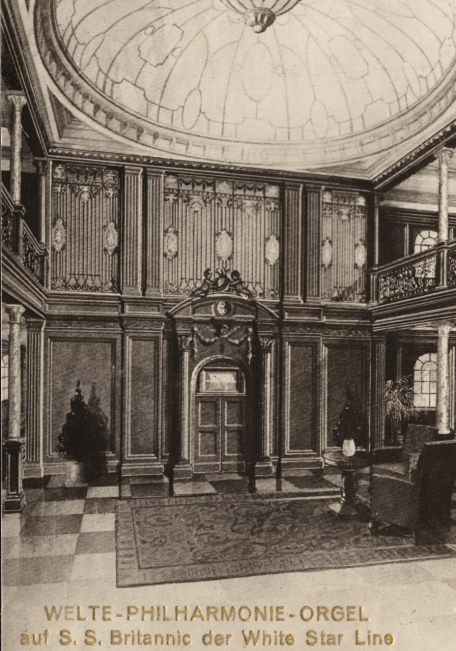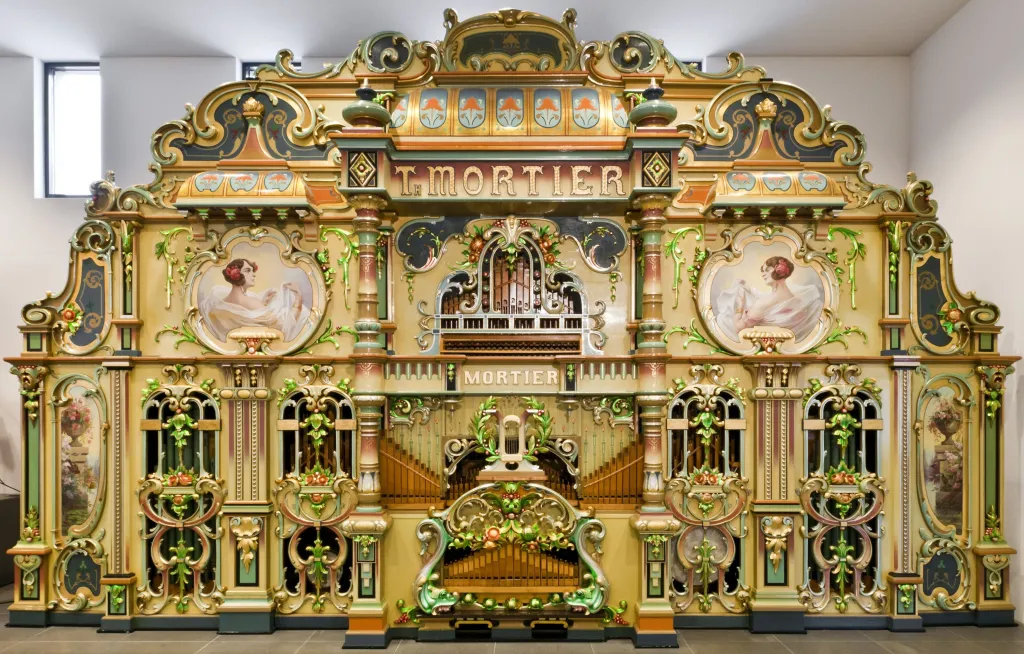The Enchanting World of Mechanical Musical Instruments
If you’ve ever marveled at the intricate beauty of musical mechanisms built into clocks, tables, standing clocks, or even pocket watches, you’re not alone. These mechanical marvels have a rich history dating back centuries and continue to captivate enthusiasts around the world.
Historically, musical programs in these instruments used various sound recording media such as pinned cylinders, perforated discs, cardboard tapes, and paper rolls. These mechanisms operate like magic, some even with pedals, creating mesmerizing melodies that transport listeners to another time.
Renowned classical composers like Bach, Beethoven, and Mozart have composed music specifically for mechanical musical instruments, adding to the allure of these fascinating creations.
Most of these masterpieces were crafted in Germany, France, and Switzerland, with clockmakers often playing a significant role in their creation. Museums in Germany and Switzerland house some of the most famous musical automatons, showcasing the craftsmanship and artistry of these instruments.
One notable example is the monumental philharmonic organ from the “unsinkable” Titanic’s sister ship, the Britannic (see Figures 1-3). Lost for a time, this organ is now preserved in Seewen, Switzerland, allowing visitors to experience its grandeur and melodious beauty firsthand.

Credit: Wikimedia Commons
The Mortier organs (see Figure 4) are another impressive example of mechanical musical instruments that continue to captivate audiences with their intricate design and enchanting melodies.

Credit: Museum für Musikautomaten, Seewen SO
Explore the fascinating world of mechanical musical instruments and let yourself be transported to a bygone era filled with enchanting melodies and masterful craftsmanship.
Discover More Technical Marvels
Join us on a journey through the realms of computing technology, mathematics, astronomy, and more. Explore the wonders of automata, chess-playing machines, and historical robots that have captivated audiences for centuries.
Learn about the ingenious inventors and visionaries who shaped these technological marvels, from Archimedes to Charles Babbage, and immerse yourself in a world where artistry and engineering converge in perfect harmony.
Acknowledgments
We extend our heartfelt thanks to the museums, especially the Museum für Musikautomaten in Seewen, Switzerland, for providing the stunning photos that accompany this article.
References
For further reading, we recommend the following sources:
Bruderer, Herbert: Meilensteine der Rechentechnik, De Gruyter Oldenbourg, Berlin/Boston, 3rd edition 2020, volume 1, 970 pages, 577 figures, 114 tables, https://doi.org/10.1515/9783110669664
Bruderer, Herbert: Meilensteine der Rechentechnik, De Gruyter Oldenbourg, Berlin/Boston, 3rd edition 2020, volume 2, 1055 pages, 138 figures, 37 tables, https://doi.org/10.1515/9783110669671
Bruderer, Herbert: Milestones in Analog and Digital Computing, Springer Nature Switzerland AG, Cham, 3rd edition 2020, 2 volumes, 2113 pages, 715 illustrations, 151 tables, translated from the German by Dr John McMinn, https://doi.org/10.1007/978-3-030-40974-6

About the Author
Herbert Bruderer is a renowned historian of technology and former lecturer at ETH Zurich’s Department of Computer Science. He has been honored by the IT History Society for his contributions to preserving the legacy of technological innovation.


